- News
- Reviews
- Bikes
- Accessories
- Accessories - misc
- Computer mounts
- Bags
- Bar ends
- Bike bags & cases
- Bottle cages
- Bottles
- Cameras
- Car racks
- Child seats
- Computers
- Glasses
- GPS units
- Helmets
- Lights - front
- Lights - rear
- Lights - sets
- Locks
- Mirrors
- Mudguards
- Racks
- Pumps & CO2 inflators
- Puncture kits
- Reflectives
- Smart watches
- Stands and racks
- Trailers
- Clothing
- Components
- Bar tape & grips
- Bottom brackets
- Brake & gear cables
- Brake & STI levers
- Brake pads & spares
- Brakes
- Cassettes & freewheels
- Chains
- Chainsets & chainrings
- Derailleurs - front
- Derailleurs - rear
- Forks
- Gear levers & shifters
- Groupsets
- Handlebars & extensions
- Headsets
- Hubs
- Inner tubes
- Pedals
- Quick releases & skewers
- Saddles
- Seatposts
- Stems
- Wheels
- Tyres
- Health, fitness and nutrition
- Tools and workshop
- Miscellaneous
- Tubeless valves
- Buyers Guides
- Features
- Forum
- Recommends
- Podcast
 Bryton S500E GPS Cycle Computer
Bryton S500E GPS Cycle Computer£259.99
VERDICT:
Very solid performer packed with huge battery life as well as useful features for navigating and training
Long battery life
Highly customisable Climb Challenge feature
Live Tracking for safe adventuring alone
Supports notifications
Small screen for the device size
No Strava Live Segments
Touchscreen not that responsive
Weight:
87g
Contact:
At road.cc every product is thoroughly tested for as long as it takes to get a proper insight into how well it works. Our reviewers are experienced cyclists that we trust to be objective. While we strive to ensure that opinions expressed are backed up by facts, reviews are by their nature an informed opinion, not a definitive verdict. We don't intentionally try to break anything (except locks) but we do try to look for weak points in any design. The overall score is not just an average of the other scores: it reflects both a product's function and value – with value determined by how a product compares with items of similar spec, quality, and price.
What the road.cc scores meanGood scores are more common than bad, because fortunately good products are more common than bad.
- Exceptional
- Excellent
- Very Good
- Good
- Quite good
- Average
- Not so good
- Poor
- Bad
- Appalling
The Bryton S500E GPS Cycle Computer is a very solid performer for long rides and adventures thanks to useful features such as live tracking, a route builder on the app for pushing rides to the device on-the-go, and its 24-hour battery life. Its climb-specific screen with colour-coded elevation profile for pacing climbs is also particularly useful for training purposes and targeting specific sections for efforts, as it allows greater customisation than other options.
The S500 is the first in Bryton's new 'S' series of premium units and has a full-colour 2.4-inch touchscreen with a 240x400-pixel resolution.
It's a similar overall size to the Garmin Edge 530, but the screen itself is noticeably smaller as a result of the huge bezels around the top and bottom of the screen, which is a bit of a shame.
On the other hand, it does boast more controls than the competition. Along with the touchscreen, the device has four buttons, two on each side. The touchscreen isn't quite as responsive as those found on smartphones or Hammerhead's Karoo 2 but still works fairly well (most of the time).
The colours are vibrant, and it has an ambient light sensor that adjusts the screen's brightness according to the changing light conditions. It transitions well, meaning it's possible to continue to read the data on the screen whether it's a particularly dull or bright, sunlit day.
The battery life is a claimed 24 hours and in my experience it lasts in excess of this, which is impressive. It's a great option if you're going on multi-day bikepacking trips but still want some performance data as well as navigation. When it's time to charge, that's done with a standard USB-C cable.
The device also automatically turns itself off after a period of inactivity – and when it does, you don't lose your current ride, you can turn it back on and resume the ride you were just on. The auto power off is set to 30 minutes as standard but you can change it so the unit turns off after just five minutes, or you can disable it completely. Anyhow, it's handy if used correctly to conserve that massive battery reserve if you are on a particularly long trip.
Data screens
The home page consists of bike profiles at the top, along with navigation and courses, and then down on the lower stripe are settings, results (completed rides) and profile, where you can input your personal details such as your weight, heart rate and power zones for following workouts.
There are three profiles, labelled Bike 1, 2 and 3 as standard, but you can rename them to road, gravel, indoor, and so on, depending on the riding you'll be doing.
Fields are all customisable on the device itself, or you can use the Bryton app which is easy and quick to operate for making changes.
Each bike profile gives you four data pages, with which you have up to ten fields to fill, two lap pages and a map page. The map view page can be set as 'map+data', 'map+altitude' or 'map only'. Overall, you're pretty set with all this customisation; there hasn't been a data field option I've been looking for that the Bryton doesn't provide.
Connectivity
The S500 uses GPS with simultaneous five-satellite connectivity including Glonass, Galileo, Beidou, and QZSS networks for picking up signal quickly, and it does just that in my experience.
The S500 can support Bluetooth and ANT+ sensors for connecting to power meters, electronic drivetrains and e-bike systems (Shimano Steps), and with its ANT+ FE-C smart trainer compatibility it can be paired with a smart trainer to control the resistance.
The device also supports radar systems such as Garmin's Varia, which alerts you with notifications of other road users coming from behind up to 150m away. Iwein's review will tell you more about the Varia, but strips are located on the right side of every data page, signalling in various colours to indicate their speed, and a beeping sound also warns of approaching traffic.
Routing
Navigation functionality includes turn-by-turn and route guidance on the pre-installed regional OSM maps. If you accidently take a wrong turn, as long as you have a stable phone connection the device will also reroute you to help you get back on track.
Bryton has included a couple of really helpful buttons for adjusting routes on the device while you're out and about. First off, you can reverse your saved rides. Click 'courses', then 'route', then select one of your saved routes and if you scroll down you'll find the 'reverse route' button to mix up one of your regular routes – it's useful being able to do this directly on the device, nice and easy.
Another useful touch is its retracing ability – if you head out and then just want to go back the way you came, maybe you're feeling sick or something and just want to get back asap. Again, click 'courses', then 'route', then 'retrace route'. A thick line clearly shows you the way to go.
With the Bryton Active app, to push set routes to the device you can link and sync with third party accounts (Strava, Komoot and Ride With GPS), import GPX/FIT files from websites, and you can also build a route on the app itself by plotting points. For each of these rides you can add custom points of interests and name each.
> GPS cycle route planning made easy – how to plan and follow a bike route
If you are currently on a ride and you want to choose a new destination – perhaps you want to find a cafe or campsite – you can do that quickly and easily too. First tap on your current location, as indicated by the blue dot, and add your starting pin here, then either use the voice search function or type into the search bar where you'd like to go and it'll route you to there from your current location. It's easy and quick to do, and also to push this route to the device. The voice searching capability here is great as it's not always easy to type when wearing gloves during the cooler months or with sweaty hands in the hotter ones.
If you're looking to make more specific changes on the go, it's very easy to use the app on your smartphone to search around, zoom in and out, and so on, to really fine-tune your route. In my experience it was easy to use to plan exactly where I wanted to go – no compromises even when on the go.
Live Track
A link can be generated on the Bryton Active app and shared on any messaging app to pass on your real-time location with friends and family. Instead of sending a new link each time, you can set it up so the Live Track sharing session link will be sent automatically to specific email addresses. Your location is shared until you press stop. Alternatively, you can enable the link to be valid for other new activities if started within 24 hours of when the last activity ends – it seems a useful feature to turn on just in case you need to start a new activity for whatever reason.
Bryton's Live Track basically allows anyone who's following you to view your current speed, ride time, trip time, distance and last updated time, as well as see your real-time location. The safety feature is certainly useful for riding alone.
Climb Challenge
This device includes Bryton's new climb-specific screen called Climb Challenge. Whether you're looking to attack up a climb or merely survive any severe inclines, knowing what climbs are coming up on a ride and how the gradient varies across each is incredibly useful.
Before setting off you can view the climbs Bryton has automatically detected, with the 'distance to', the average 'gradient', 'length' and a mini version of the colour-coded elevation profile all displayed on the device itself. This profile clearly differentiates the varying gradients across the climb, with certain colours indicating the shallower sections and others representing the steeper gradients.
While on the climb, along with an enlarged version of this profile described above, Bryton shows the distance left to the top of the climb as well as the metres of elevation left to crest the climb. It also tells you which climb you are on out of how many, so not only can you pace your effort on the climb you're currently on, you can take into account how much more suffering is to come on the ride.
> 10 top tips for cyclists to get faster up hills
Unlike Hammerhead's and Garmin's versions, Bryton's offering also gives plenty of customisation so you can really target the climbs you wish to. The Bryton app allows you to add and remove the automatically detected climbs before you head off on the ride, and you can also adjust the start and end points of the climb, which can be helpful if you want to target a particular section or avoid junctions. However, there's no way to set the device to just detect 'medium and large climbs' or 'large climbs only', so it takes a little more time to set up before each ride if you do want to tailor.
You can read more about how the climb-specific screens and overlays compare across Bryton's, Garmin's and Hammerhead's devices over here.
While the Bryton does have a pretty useful Climb Challenge feature, it doesn't support Strava Live Segments if you want to base your efforts on the start and end point of those. With the customisation of the Climb Challenge you could adjust the start and end points to line up with the Strava segments but that's a fair bit of cross-referring and faff.
In terms of other features for training and improving your fitness, building workouts is easy enough to do on the app itself or you can link with Training Peaks to sync structured workouts planned on there. It automatically pushes these across, which is handy, so you can view both your sessions for today and the rest of the week.
Value
The S500 is available in two different bundle options, starting at £259.99 for the base package (the S500E, on test here) consisting of the device, protective case, sport mount and lanyard, while the more expensive bundle (the S500T) costs £329.99 with the addition of speed, heart rate and cadence sensors.
Garmin's Edge 530 is the same price, £259.99, for the device and standard and flush out-front mounts. The Edge 530 has its own climb-specific feature called ClimbPro, and also has a great number of specific features to aid training such as built-in suggested workouts, dynamic performance monitor and training status.
> 10 of the best cheap GPS cycling computers – space age riding data and satnav at sensible prices
If you're on the lookout for a touchscreen to match Bryton's S500, though, you'll need to spend £349.99 for the Edge 830 (a full review of the Edge 830 is coming soon).
Wahoo's Elemnt Bolt GPS bike computer is also a similar price to the S500E at £249.99. Wahoo's setup and use – a lot of it via the smartphone app – is very easy. For example, dropping a pin to navigate to works incredibly well on the app.
> Wahoo Elemnt Bolt vs Garmin Edge 530 – which is best?
The S500 easily comes out on top with its battery life of over 24 hours, though. Garmin's Edge 530 is a claimed 20 hours, while the Bolt is around 15 hours.
Overall
With the support of the Bryton Active app, the S500 performs very well for navigating with useful features such as reversing and retracing routes, and it also has a huge battery life which will serve you well on multi-day trips.
The Climb Challenge feature really helps you gauge efforts up climbs with its colour-coded elevation profile and particularly impressed with its customisation support for choosing which climbs or which sections of an ascent you really want to target. I can understand, though, that some people would prefer the simplicity of smashing it against Strava's Live segments, which the S500 does not support.
> 10 of the best GPS cycling units – get ride data and bike satnav from £50
It's a great option if you're looking for a device around the £250 mark that can help with your training but also comes with a bit more battery life. The controls aren't the most intuitive, but if you stick with it the S500 has a lot to offer for the money.
Verdict
Very solid performer packed with huge battery life as well as useful features for navigating and training
road.cc test report
Make and model: Bryton S500E GPS Cycle Computer
Size tested: n/a
Tell us what the product is for and who it's aimed at. What do the manufacturers say about it? How does that compare to your own feelings about it?
Bryton says: 'The Rider S500 is specifically designed with intrepid cyclists at its core, boasting advanced new features and an intuitive user interface on powerful new hardware. Whether you are seeking bold off-road adventures, innovative road features, cutting edge E-Bike support or an out of this world indoor workout companion, the Rider S500 has something for everyone."
Tell us some more about the technical aspects of the product?
Bryton lists:
2.4-inch colour touch screen with graphical user interface (GUI)
24-hour battery life
Online navigation with OSM
Online search by voice command
Google fuzzy search
Downloadable world maps
Route tracking with POI/peak information
Turn-by-turn navigation from RideWithGPS & Komoot
Climb challenge feature
Indoor trainer compatible with ANT+/FE-C connectivity to give control of the Smart trainers
Virtual ride simulation
Training with TrainingPeaks
3 quickly changeable profiles
Automatic sensor scan
Wireless connections - BLE/ANT+/ANT+ FE-C / WLAN
ESS support
Support of Bike Radar Systems
Support for e-bike (Shimano Steps)
Conversion kit available to allow secure fitment of the Rider S500 to Garmin mounts.
Rate the product for quality of construction:
9/10
Rate the product for performance:
8/10
Rate the product for durability:
7/10
Rate the product for weight (if applicable)
5/10
Rate the product for value:
6/10
Garmin and Wahoo have devices for around the same price, but the S500 has a larger battery life than those and it also has a touchscreen alongside buttons, which makes it easier to use.
Tell us how the product performed overall when used for its designed purpose
Battery life is excellent, plus the S500 is great for navigating thanks to handy features such as reversing and retracing routes, and being able to create new routes on the Bryton app. The customisable Climb Challenge feature is also very useful for training efforts, though some may miss not being able to use Strava's Live Segments for this.
Tell us what you particularly liked about the product
Long battery life combined with the Climb Challenge feature and live tracking, both of which are useful for endurance rides.
Tell us what you particularly disliked about the product
Not that intuitive to use, and a small screen for the device size.
How does the price compare to that of similar products in the market, including ones recently tested on road.cc?
Similarly priced to the Garmin Edge 530 and Wahoo's Elemnt Bolt.
Did you enjoy using the product? Yes
Would you consider buying the product? Yes
Would you recommend the product to a friend? Yes
Use this box to explain your overall score
Overall, the S500 is a very good cycle computer. It's packed with useful features that are well executed such as its highly customisable Climb Challenge, automatic live tracking, and its reversing and retracing routes option. It also has a huge battery life, so it's great to have access to all of these features, including the training performance ones, for longer rides too.
About the tester
Age: 24
I usually ride: Road bike My best bike is:
I've been riding for: 10-20 years I ride: Every day I would class myself as: Expert
I regularly do the following types of riding: road racing, cyclo cross, commuting, touring, club rides, sportives, general fitness riding, Gravel riding, indoor turbo and rollers, track
Anna has been hooked on bikes ever since her youthful beginnings at Hillingdon Cycle Circuit. As an avid road and track racer, she reached the heady heights of a ProCyclingStats profile before leaving for university. Having now completed an MA in Multimedia Journalism, she’s hoping to add some (more successful) results. Although her greatest wish is for the broader acceptance of wearing funky cycling socks over the top of leg warmers.
Latest Comments
- chrisonabike 1 sec ago
Plenty of "I'm a cyclist, and I'm alright, Jack" types....
- Keesvant 5 min 12 sec ago
Let's hope we find a way to 100% recycle carbon, All those wind turbine blades go landfill now. (Next to the solar panals)
- webbierwrex 23 min 33 sec ago
It's just so odd that trying to protect children from either death by car or death by health related issues is seen as barking mad. its SO odd! Why...
- foghorn 31 min 30 sec ago
Problem with Marathons: they're heavy, slippery in the rain, and have quite a "dead feel" to them (I use them, here and there). So looking for a...
- quiff 1 hour 21 min ago
As of yesterday, I have one of each (both humble 105 mechanical spec). Now to decide if they're sufficiently different to keep both...
- eburtthebike 1 hour 35 min ago
https://www.local.gov.uk/our-support/councillor-and-officer-development/......
- mdavidford 1 hour 47 min ago
I believe that was a response to widespread* vocal criticism over the original treatment....
- quiff 2 hours 6 min ago
Surely the origin of the road names. EDIT: should have read chrisonabike's reply first...
- chrisonabike 2 hours 23 min ago
It doesn't seem to have enlightened the driver....
- mdavidford 3 hours 12 min ago
If you're going to be ripped off, you should at least know how much you're being ripped off to the tune of....
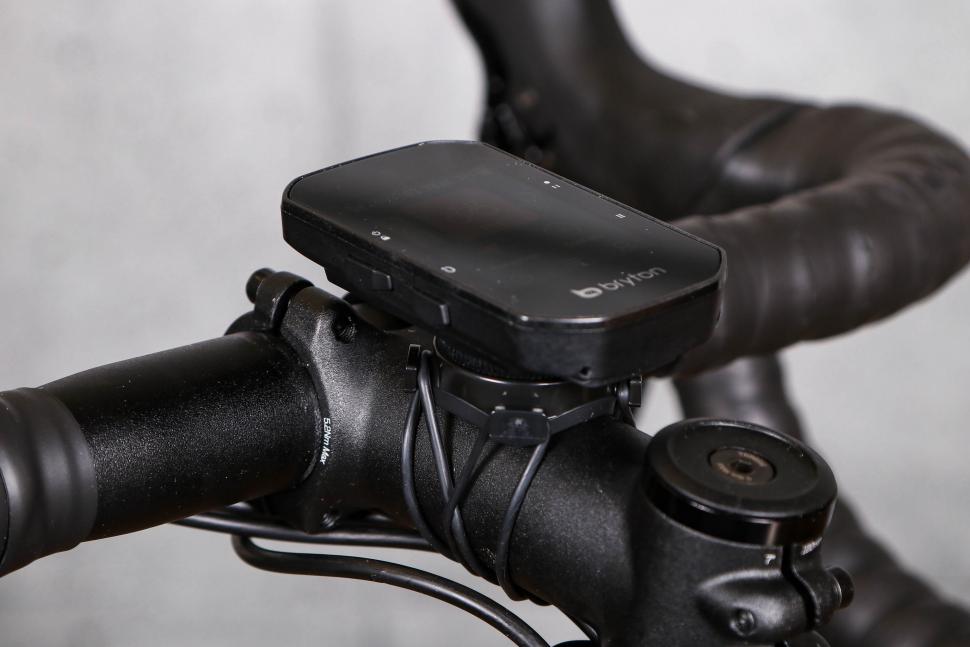












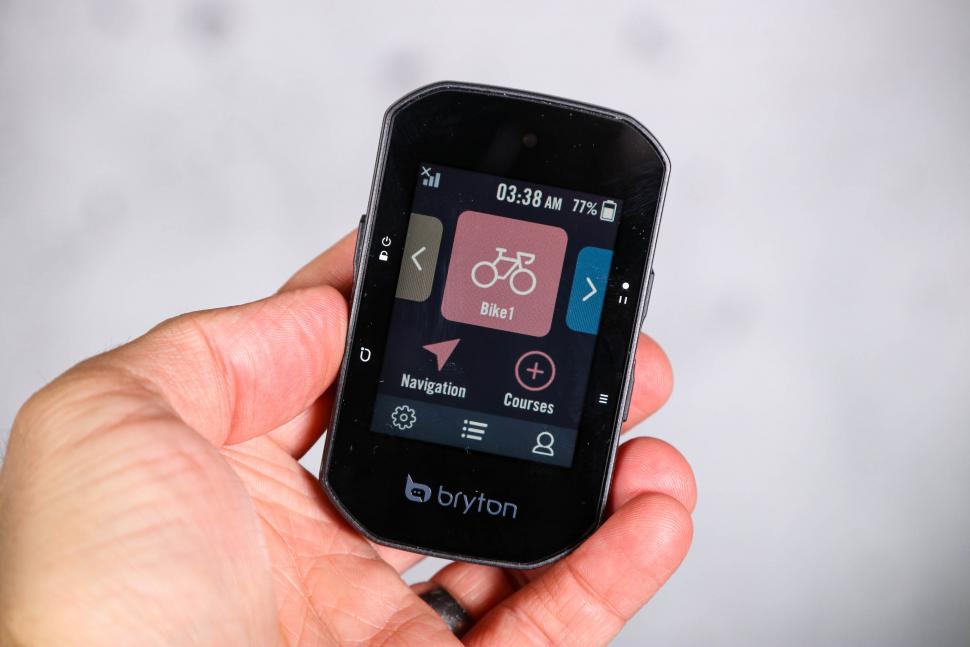
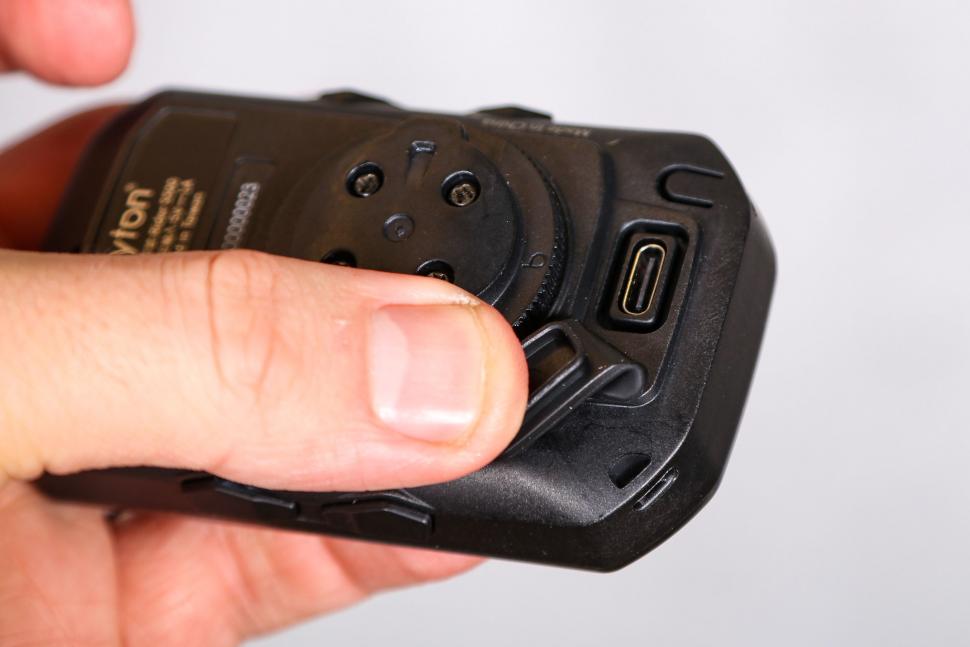
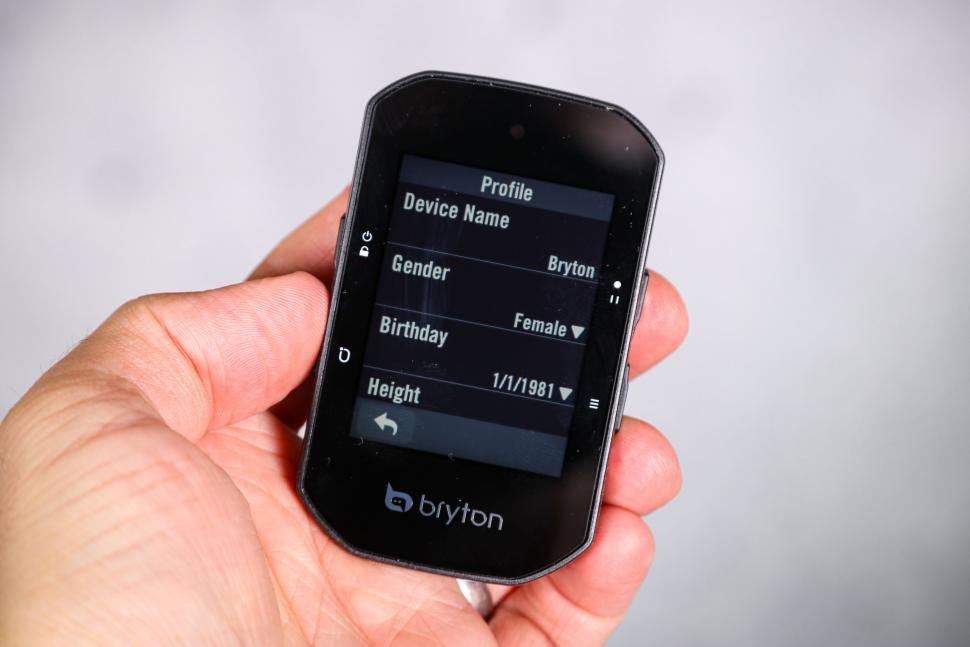
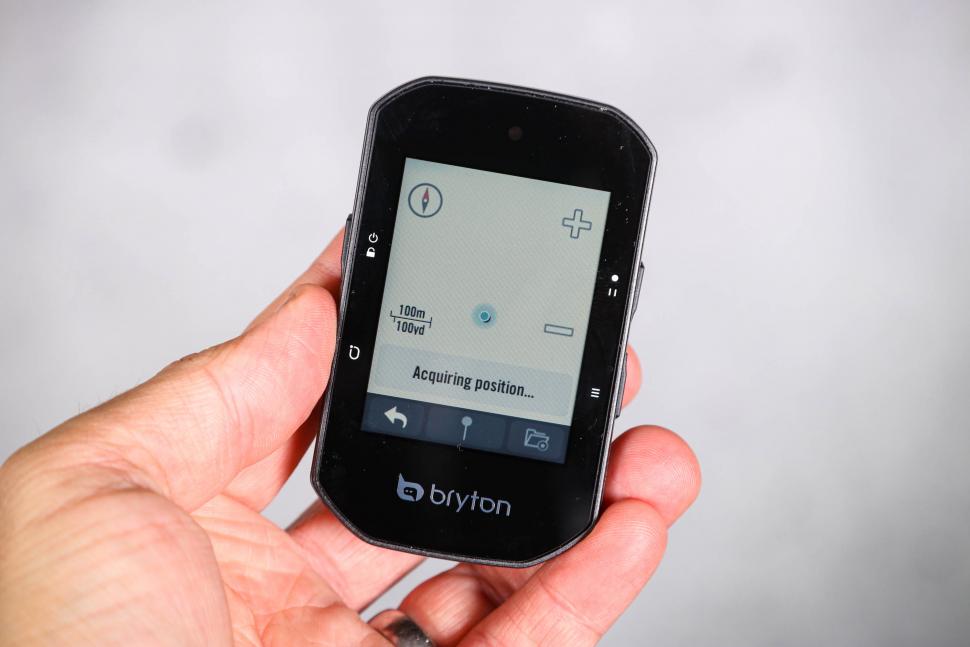
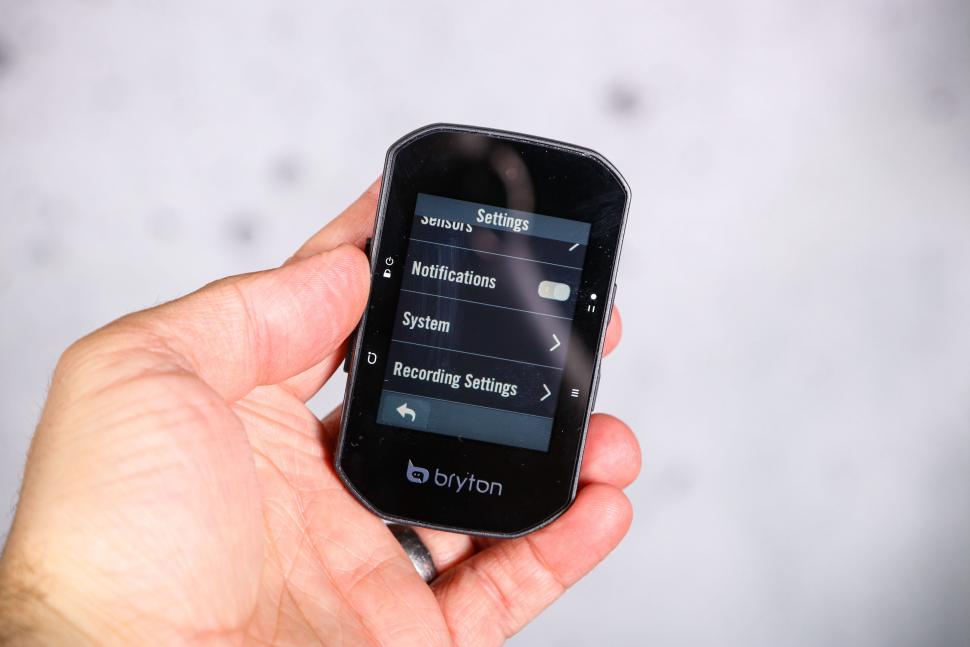
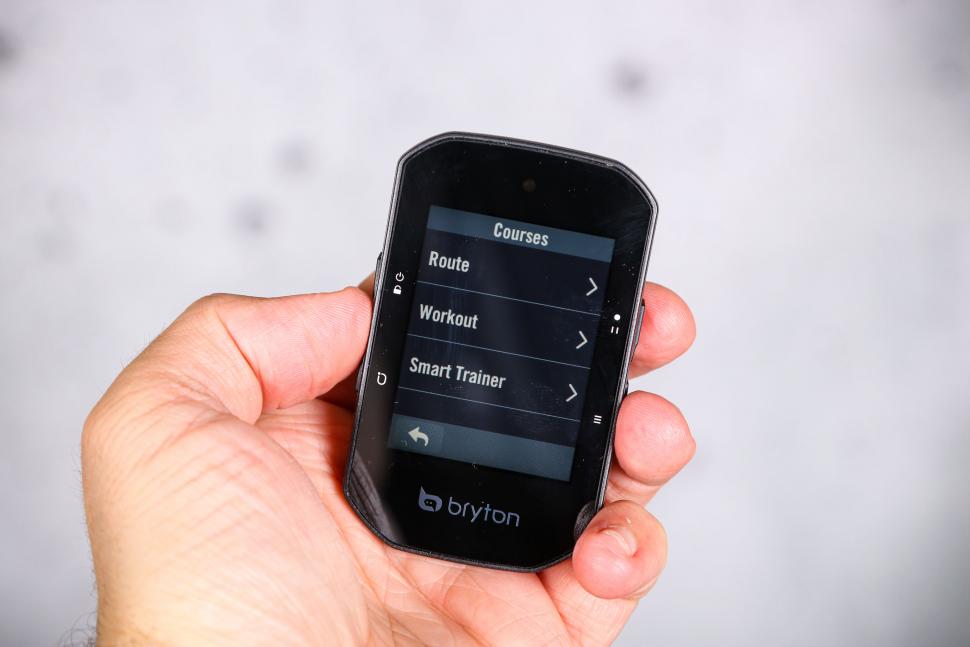
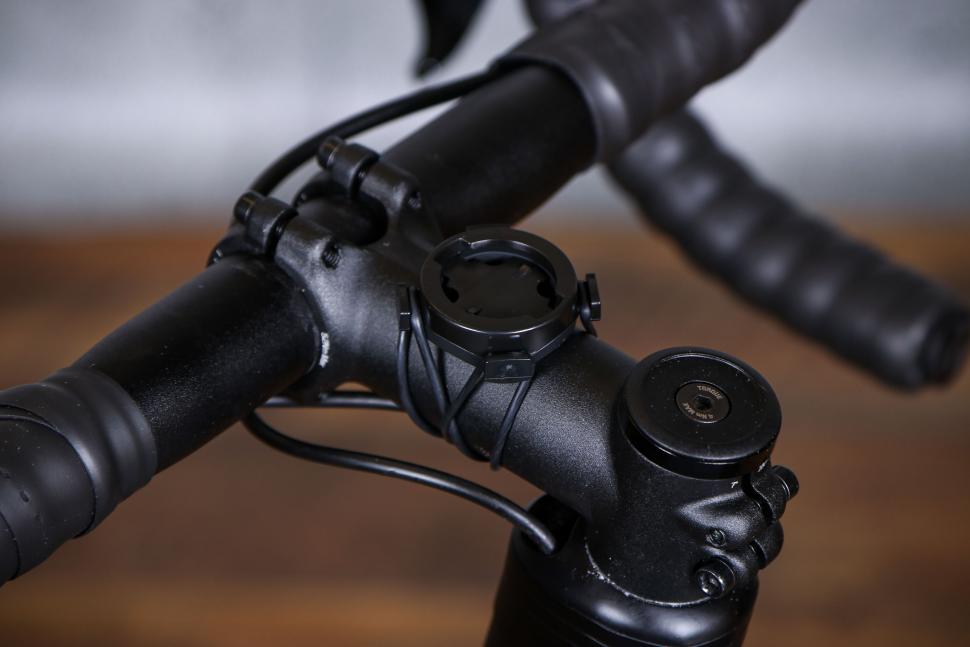
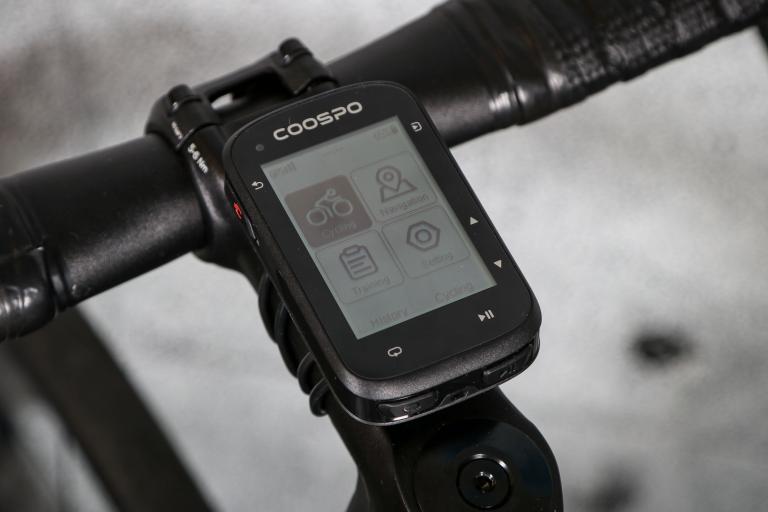
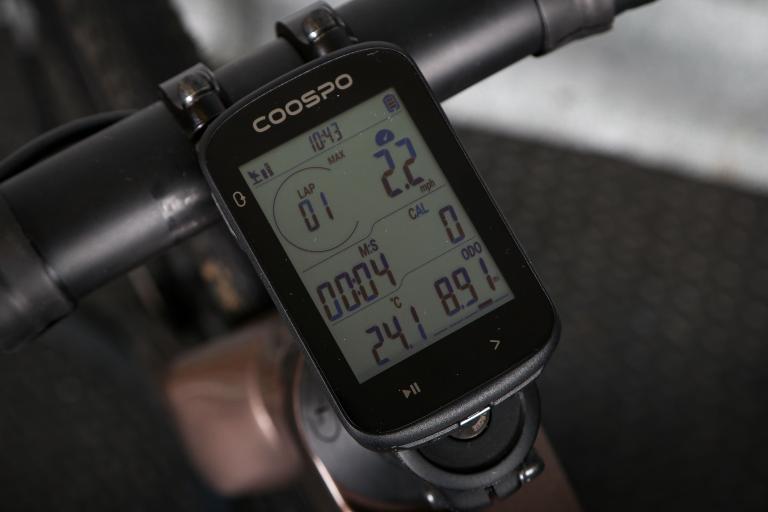
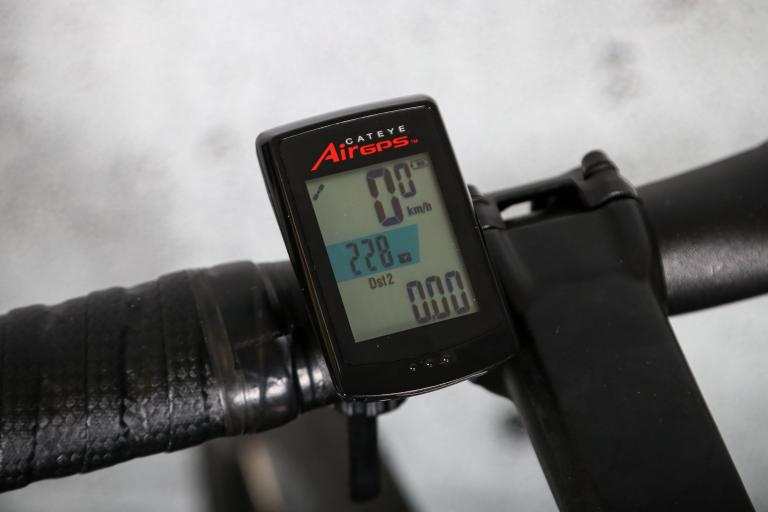
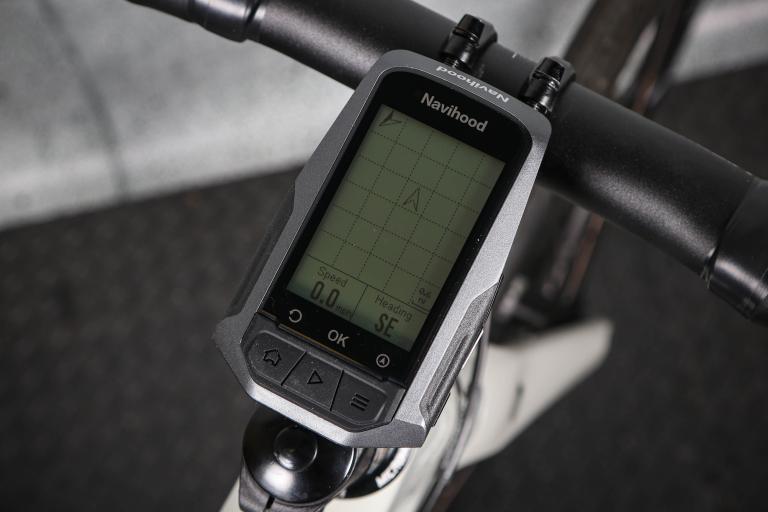
Add new comment
1 comments
It's pretty much a 750 but with the climbing thing....I've had a 750 for 15 months, great unit in fact others I ride with have dumped their Garmin's due to various issues Inc navigation when off road ...